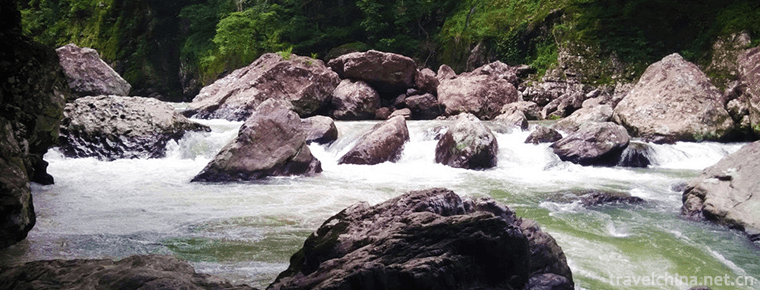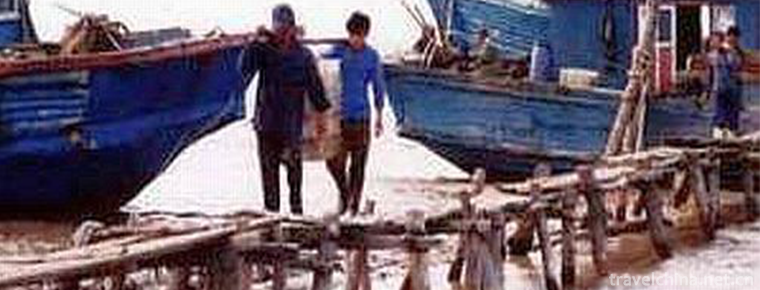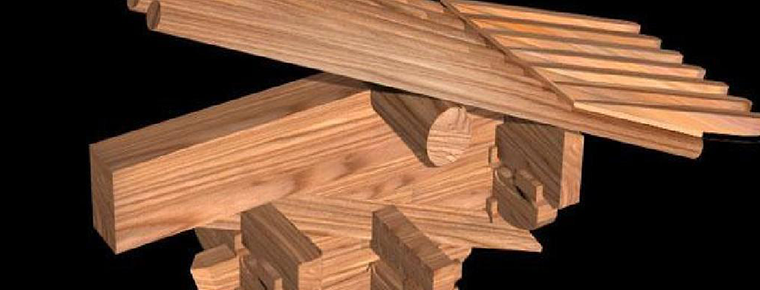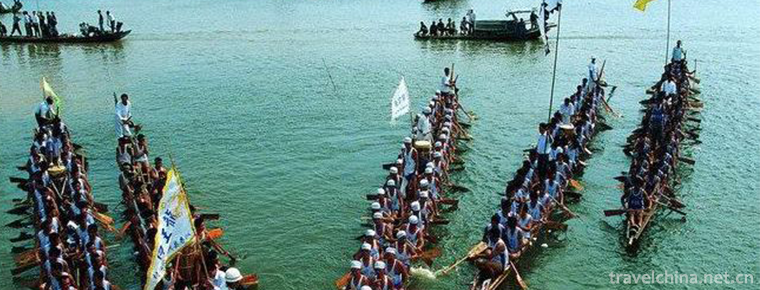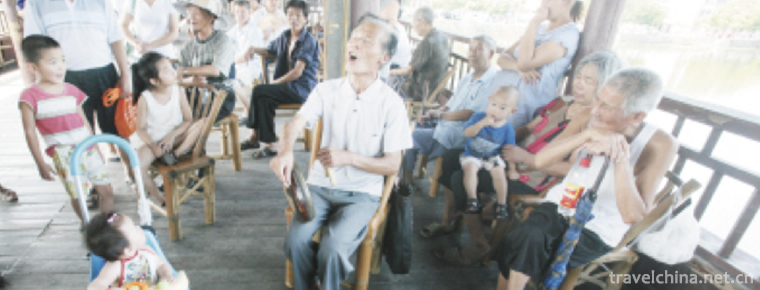taste shrimp
Taste shrimp, also known as spicy crayfish, Changsha taste shrimp, spicy crayfish and so on, is a well-known traditional snack in Hunan Province, made of crayfish, spicy and fragrant taste, bright red color, smooth texture, spicy taste.
At the end of the twentieth Century, it began to spread all over the country and became a classic snack for beer stalls on summer evenings. The lobster was originally from North America. It was introduced to Japan by the United States in 1918 and to China by Japan in 1929. It grew in rivers, lakes and marshes in southern China.
Since the reform and opening up, with Hunan people spreading Hunan cuisine all over the country, especially the spread of "Happy Base Camp" on Hunan Satellite TV, tasty shrimp has become popular all over the country for a while. Many entertainment stars will inevitably forget to eat tasty shrimp when they come to Changsha to make programs. This red, bright, spicy and delicious shrimp has spread to Hefei, Shanghai, Beijing and other places, making people who do not like chili peppers very crazy.
According to textual research, the nutrient composition of taste shrimp is similar to that of sea shrimp, but the taste of sea shrimp is more fresh, people think that its nutrient composition is high. In fact, the nutritional components of shrimps are almost the same, they are high protein and low fat. The protein content accounts for about 16%-20% of the total, and the fat content is less than 0.2%. And the fat is mainly composed of unsaturated fatty acids, suitable for human absorption. The contents of zinc, iodine and selenium in shrimp meat are higher than those in other foods. Meanwhile, its muscle fibers are tender and easy to digest and absorb. In other words, although some nutritionists have negated the taste of shrimp, believing that it is polluted seriously and contains bacteria, it does not seem to frighten the people who eat the taste of shrimp, but the more they eat, the more energetic they become.
Shrimp is a dynamic wind, and is suffering from skin scabies.
People in Changsha love to eat shrimp. They can only be described in two words: "Crazy". Taste shrimp has been loved by the people of Changsha who have been obstinate in mouth for more than ten years since it appeared in Changsha in 1990. It can be said that it has created a shrimp eating miracle. Relative to restaurants and restaurants, although the store environment for eating shrimp tastes is not very good, some even sit on the roadside to eat, but from famous brand hosts to film and television celebrities to ordinary people, can not resist the temptation of such a small shrimp tastes, we must eat once before we get addicted.
Summer is the best season for tasting shrimp. Walking in the streets and lanes of Changsha at night, you will find that almost every table eater is "teeth and claws dancing" to the basin of tasting shrimp on their table. Although each table is red-hot, tearful and sweaty, it is still so happy. Full of fighting spirit.
Shrimp, which Changsha people like to call lobster, is actually not lobster. The shrimps are about five inches long, with double pliers and hard shells. Legend has it that they were introduced from Australia. Later, there were no natural enemies. They were everywhere. They even liked to make holes under the embankment. They harmed one side and grew very fast. So Changsha people ate them with a look of eliminating harm for the people.
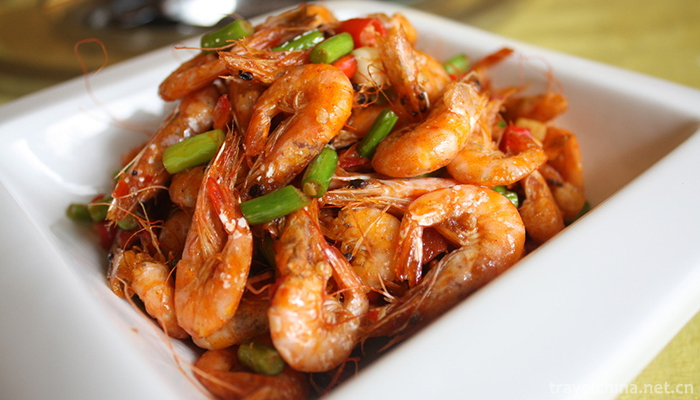
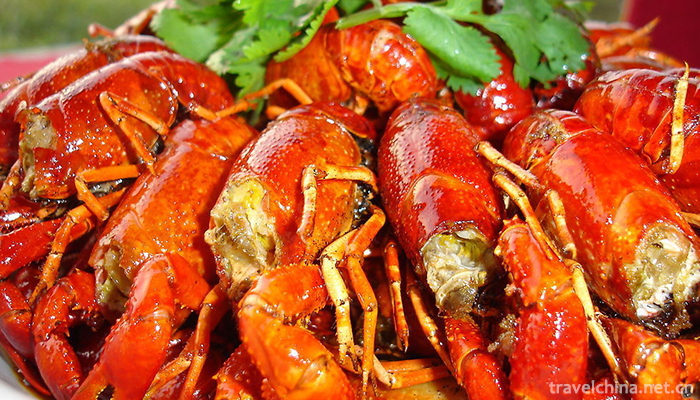
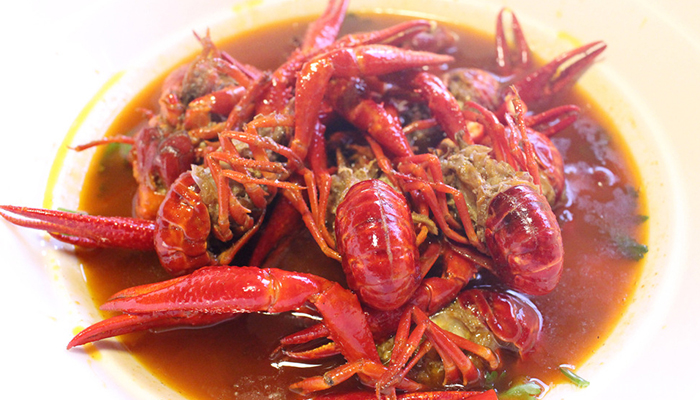
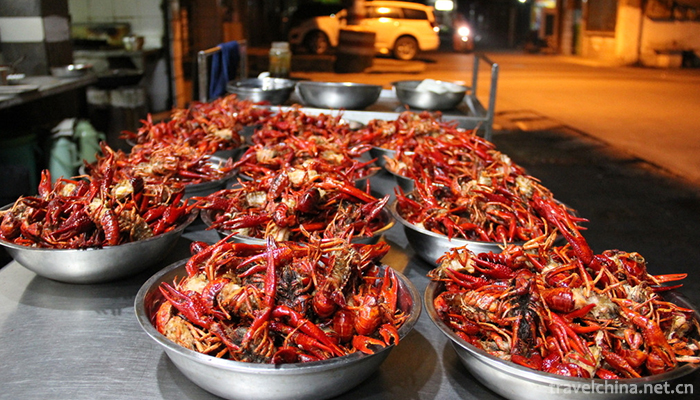
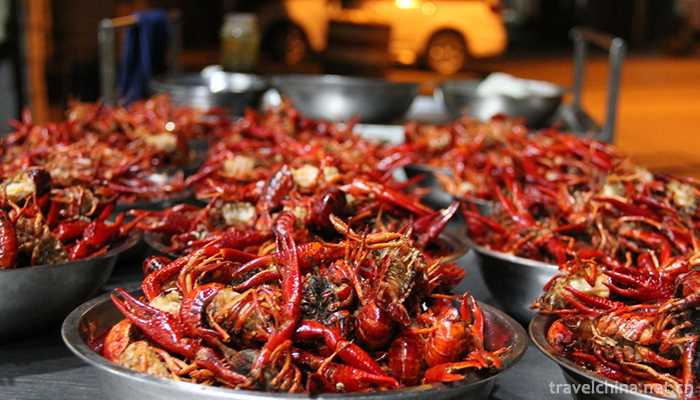
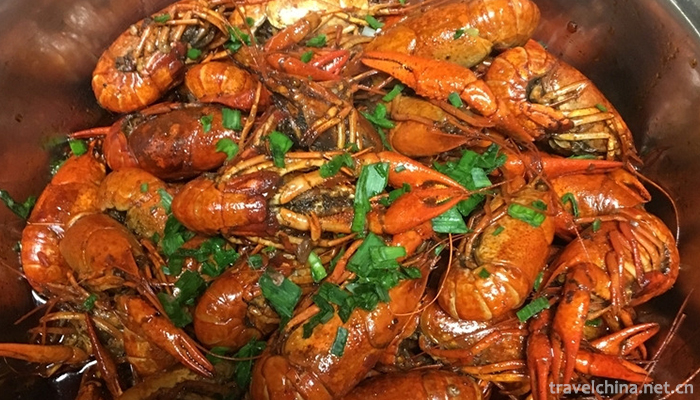
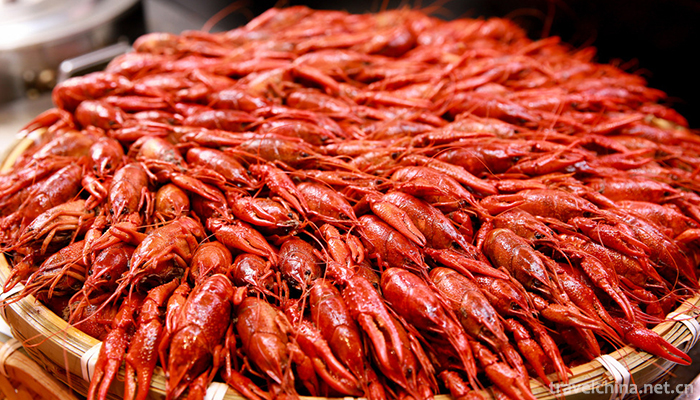
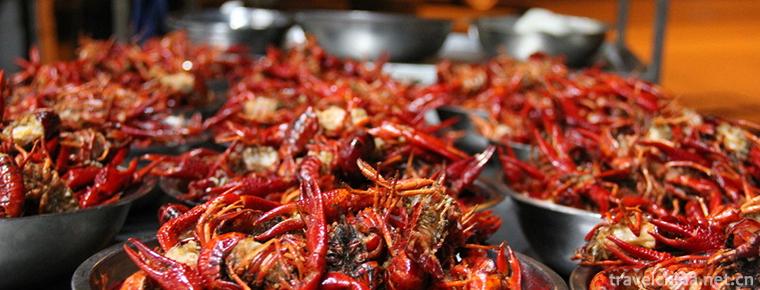
taste shrimp
-
Aba Tibetan and Qiang Autonomous Prefecture
abbreviated as Aba Prefecture, is a national autonomous prefecture in Sichuan Province
Views: 355 Time 2018-10-13 -
Baishuiyang Yuanyangxi Tourist Area
Baishuiyang Mandarin Creek is located in Pingnan County, Ningde City, Fujian Province. It is 170 kilometers away from Fuzhou and 101 kilometers away from Ningde
Views: 217 Time 2018-12-08 -
Guifeng Scenic AreaShangrao City Jiangxi Province
Guifeng Scenic Spot is located in the southwest of Yiyang County, Jiangxi Province, beside 320 National Highway, 311 Highway and Zhejiang-Jiangxi Railway
Views: 188 Time 2018-12-08 -
Eighteen Sayings on Tibetan Wedding Banquet
The Eighteenth Tibetan Wedding Banquet is a kind of folk oral literature spread in the Tibetan inhabited areas of the eastern agricultural region of Qinghai Province. Its manifestation is the eighteen
Views: 138 Time 2019-04-07 -
Folk Stories of Ancient Fishing Goose
Ancient fishing geese folklore is a local folklore story based on fishery culture, which originated and spread in the Erjiegou area of Liaohe Estuary, Dawa County, Panjin City, Liaoning Province.
Views: 266 Time 2019-05-01 -
Jiujiang folk songs
Jiujiang folk song is a traditional folk song that is popular in the surrounding areas of Chengmen, Ma Huiling, Huanglao Men, Lion and Chengzi Town in Jiangzhou District, Jiujiang City
Views: 206 Time 2019-05-08 -
Construction Techniques of Luling Traditional Dwellings
The traditional wooden structure construction technique is an ancient traditional handicraft of the Han nationality. The traditional architecture of the Han nationality is a building system with woode
Views: 292 Time 2019-05-15 -
Qiang embroidery
Qiang embroidery evolved and developed on the basis of inheriting the ancient Qiang people's embroidery. Mainly distributed in Wenchuan County, two towns and four townships (Mianfu Town, Weizhou
Views: 123 Time 2019-06-10 -
Dragon boat Racing
Dragon boat racing is one of the customs of the Dragon Boat Festival in China, and it is also one of the most important festival folk activities of the Dragon Boat Festival. It is common in southern C
Views: 131 Time 2019-06-12 -
Yongkang Drum Ci
Yongkang Drum Ci is a rap art in Yongkang area of Zhejiang Province. It belongs to the form of singing and talking, which is mainly composed of singing. Because of the use of local dialect performance
Views: 319 Time 2019-07-14 -
Transportation in Panzhihua
By the end of 2018, Panzhihua had 3733.91 kilometers of grade roads and 195 kilometers of expressways. In the whole year, the highway passenger traffic volume was 20.79 million person times, the passenger turnover volume was 597.18 million person kilometers,
Views: 131 Time 2020-12-14 -
Luzhou economy
In 2019, the GDP of Luzhou will reach 208.13 billion yuan, an increase of 8.0% over the previous year, 1.9 percentage points higher than the national average level (6.1%) and 0.5 percentage points higher than the provincial average level (7.5%). Among them, the added value
Views: 357 Time 2020-12-14

